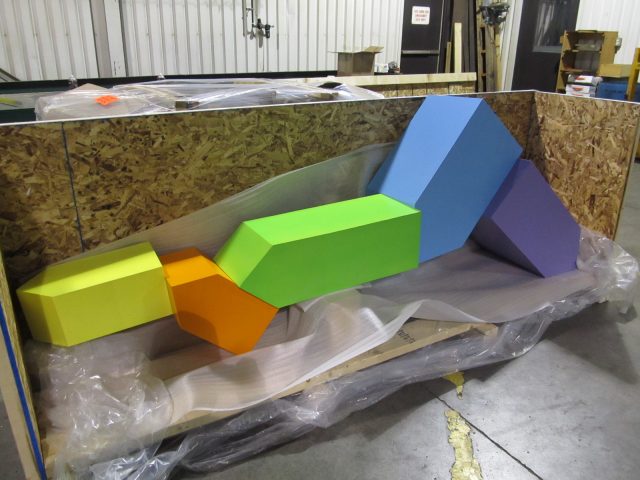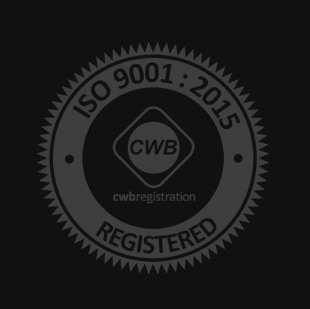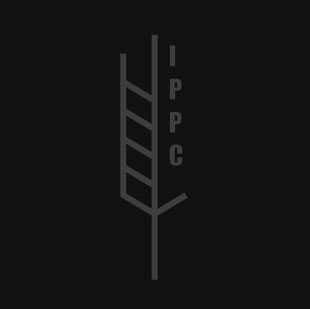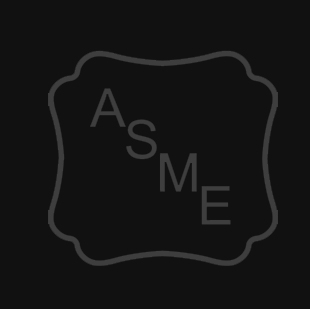Industrial metal painting services play an important role in finishing metal parts, products, and components. Painting custom and precision sheet metal fabricated parts and assemblies are done for a variety of reasons such as to provide added aesthetic value or to identify or brand a product. However, more than beautify and promote a product, painting works to supply a protective finish to metal surfaces.
Protective metal coating processes are applied to meet the rigors and demands of specific environmental conditions and to ensure metal parts and products last. The primary function is to protect metals from the corrosive effects that accompany exposure to natural elements like rain, fog, or salt spray that could result in oxidation or contact with chemicals or harmful solvents. For effective results, any type of anti-corrosion and corrosion-resistant coatings must first protect metals from degradation related to environmental or industrial chemical exposure. Painting metal surfaces provides a barrier to hinder contact between chemical compounds or corrosive materials.
Industrial metal paints may come in a liquid, paste or powder that is applied to surfaces through varying systems of delivery. Wet paint is applied through spray or pump, whereas powder is done through an electrostatic plating process by which the powder is deposited on a conductive surface. Environmentally, powder has a limited impact. On the one hand, whatever powder does not adhere to the metal surface can be collected and saved for other applications. On the other, powder coating processes are applied in a sealed environment limiting any risk of air pollution. In all instances, once the paint hardens, it creates a protective skin that sticks to the metal and guards it against corrosion.
All paint is made with a mixture of several compounds and additives which vary depending on the application. As with any paint, industrial metal paints rely on pigments to give it a specific color. Then, binders are added to provide a hard layer once the paint has dried. Binders also act to improve the mechanical and chemical properties required for protecting the metal surface. For liquid applications, solvents are added to thin the pigment and binder. They can also help to preserve the paint in its container. Finally, some metal paints have chemical additives in small proportions to improve the properties of the paint. The chemical additives may speed up drying, allow tinting, or produce another added special effect.
To ensure quality, industrial metal painting is comprised of a three-stage process of prepping and cleaning, paint application, and baking and air drying. Preparation procedures can vary depending on the type of metal, but it cannot be understated. The preparation and cleaning stage is vital to the coating process—poor surface preparation is the leading cause of industrial coating application errors. Common preparation methods before painting include chemical washing or passivation, sandblasting processes, or chemical conversion.
How Does Paint Protect Metals from Corrosion?
Painting metal generally requires three coats.
- The first application is the primer paint. Primers have anti-corrosive pigments, low binder content and provide a good surface for the adhesion for the second layer of paint.
- The intermediate layer of paint helps to increase the thickness, with coating up to 100 to 200 microns.
- Once the primers and intermediate coats have been applied, the metal product is ready for the finishing coat—a low pigment to binder ratio that provides good water resistance and hardens the metal surface. Depending on the application, finishes can be glossy, satin or matte.
Protective metal painting services are designed to provide long-term protection for your product. Painting metal fabricated parts and components supply a durable finish that will enhance the performance properties of the product. Done accordingly, metal painting offers an added value to finished products—it improves product appearance, is aesthetically pleasing, and can mitigate the harmful effects to metal surfaces in corrosive environments under the harshest conditions.



